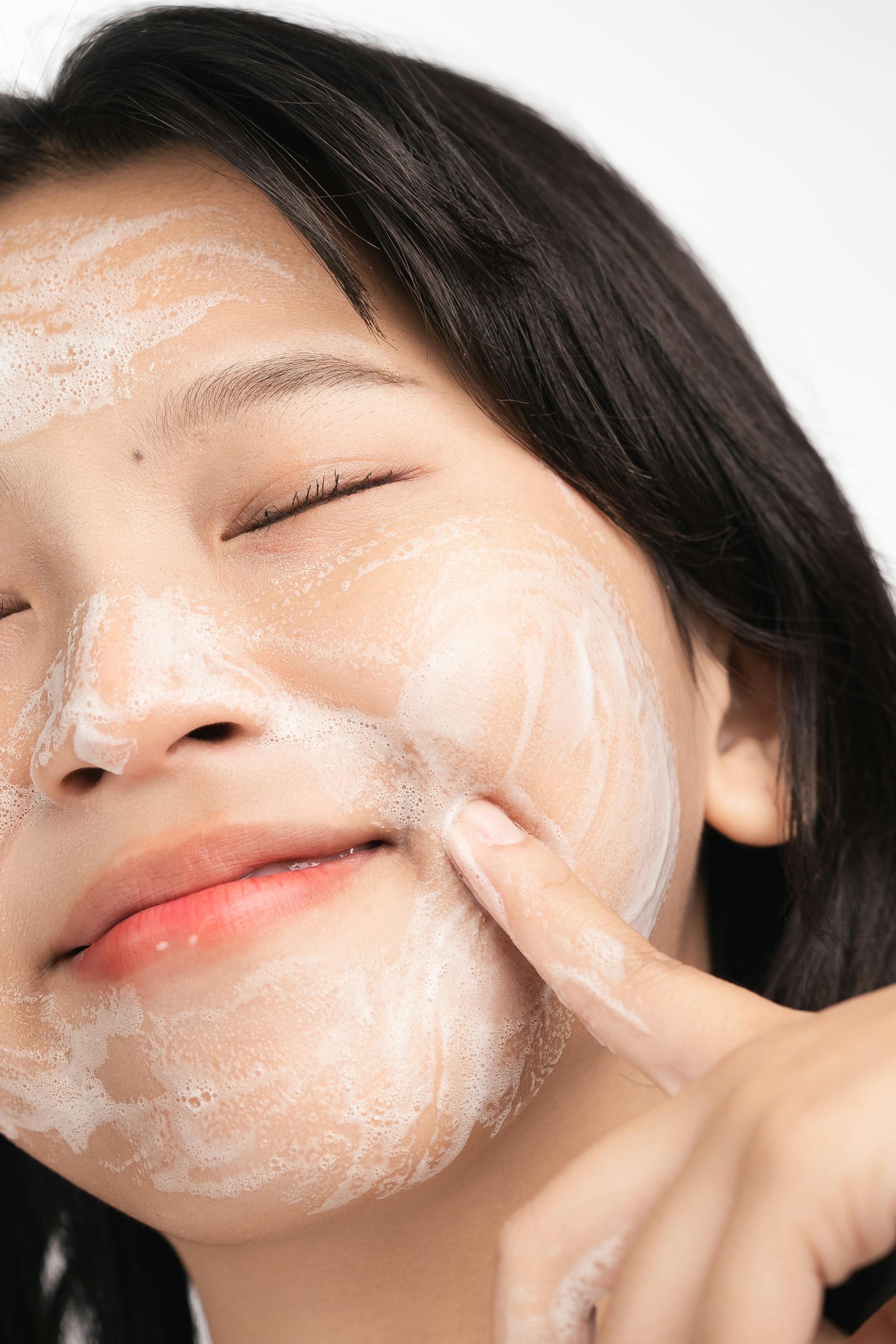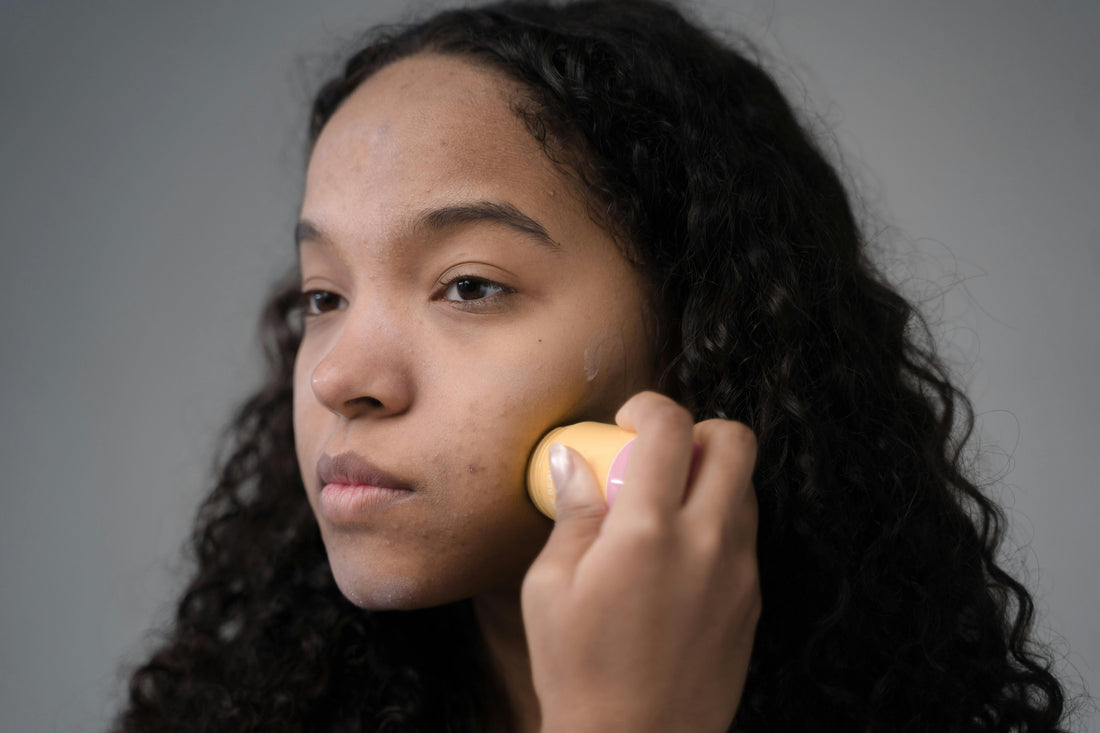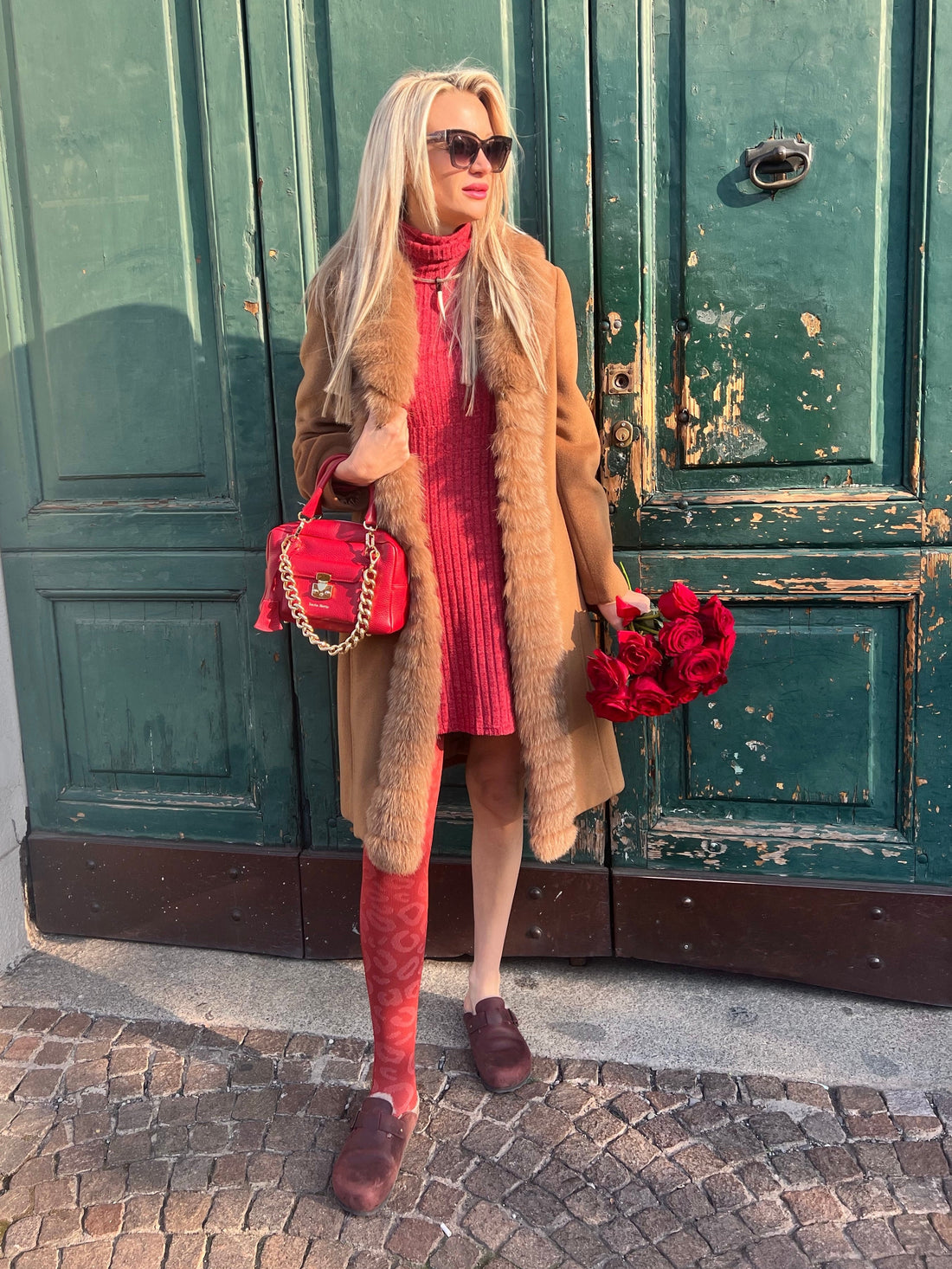TL;DR
K-Beauty (Korean Beauty) is more than a trend—it’s a skincare philosophy rooted in tradition and science. With the global market projected to reach $187.4B by 2030 (Grand View Research, 2023), it emphasizes skin health, long-term care, and unique natural ingredients like Centella Asiatica, ginseng, green tea, mugwort, and rice water. From the famous 10-step routine to innovative products like BB creams, cushion compacts, and sheet masks, K-Beauty has reshaped global skincare.
What Is K-Beauty and Why Is It Different?
K-Beauty is an approach to skincare that prioritizes nurturing skin to its healthiest state rather than covering flaws. It combines:
- Ancient Korean traditions (like rice water cleansing and herbal remedies)
- Modern science and innovation (like fermented ingredients and biotech actives)
-
Holistic self-care — seeing skincare as a ritual, not a chore
Unlike Western skincare, which often emphasizes quick fixes, K-Beauty promotes long-term results, hydration, layering, and prevention (Style Story; Mind Body Green, 2020).
What Is the History Behind K-Beauty?
Beauty in Korea has always gone beyond appearance—it was tied to class, health, and spirit.
- Pale skin in ancient Korea symbolized nobility, since it implied freedom from agricultural work under the sun (Nikkei Asia, 2018).
- Cosmetics often used natural farm ingredients: mung beans as cleansers, apricot and peach oils for skin softness, and rice powder as face brightener (The Korea Times, 2013).
- Both men and women engaged in beauty rituals, reflecting the belief that outer beauty influenced inner character.
This historical legacy lives on in today’s “glass skin” and “honey skin” ideals.
What Is the K-Beauty Philosophy?
K-Beauty is a philosophy, a way of life. At its heart, K-Beauty is all about nurturing the skin for the long haul. Instead of chasing after a temporary glow, it's about investing in your skin's health. Think of it as giving your skin the balanced nutrition it craves. And the payoff? That dreamy "lit-from-within" glow that K-Beauty aficionados swear by. Charlotte Cho (author of The Little Book of Skin Care) summarizes it best:
“Korean beauty is as much about how you treat your skin as it is the products you apply.”
Key concepts:
- Glass skin → smooth, radiant, clear complexion
- Honey skin → deeply hydrated, bouncy texture
- Holistic approach → customized routines that adapt to your skin’s needs
K-Beauty is less about a rigid checklist and more about listening to your skin.

How Does K-Beauty Differ From Western Skincare?
- Philosophy: K-Beauty = prevention + hydration; Western = correction + coverage
- Routine: K-Beauty’s 10 steps vs Western’s minimal routines
- Ingredients: Snail mucin, ginseng, and mugwort vs more lab-synthesized actives
- Cleansing: Double cleansing (oil + water) is a K-Beauty staple
- Layering: Thin, buildable layers to maximize absorption
- Sun protection: Daily SPF is non-negotiable in Korea
- Price & innovation: Korean brands tend to be more affordable and tech-forward, thanks to competition and consumer demand (Style Story; Skin Cupid, 2023).
What Is the Famous 10-Step K-Beauty Routine?
So, you've probably heard whispers (or shouts) about the K-Beauty 10-step regimen. But let's get one thing straight: it's not just about following steps blindly. It's about understanding the purpose behind each one. Here's the lowdown (Mind Body Green, 2020; ELLE, 2021):
- Oil Cleanser – removes sunscreen & makeup
- Water Cleanser – clears sweat & sebum
- Exfoliator – smooths texture & boosts absorption
- Toner – hydrates & balances pH
- Essence – preps skin, hydration booster
- Serum/Ampoule – targeted treatments
- Sheet Mask – hydration & treatment boost
- Eye Cream – delicate area care
- Moisturizer – locks everything in
- Sunscreen – protection against aging & damage
Which K-Beauty Products Became Global Icons?
K-Beauty has introduced the world to a plethora of innovative products, some of which have become absolute staples in beauty routines globally (Aceology, 2020). Let's explore some of these game-changers:
- BB Creams → makeup-skincare hybrids with SPF & hydration
- Sheet Masks → serum-soaked, single-use rituals for hydration & glow
- Cushion Compacts → portable foundations with SPF & dewy finish
- Essences → signature K-Beauty step bridging toners & serums
Which Key Ingredients Define K-Beauty?
- Centella Asiatica (Cica) → soothes redness, boosts collagen (Happi, 2019)
- Green Tea → antioxidant, anti-inflammatory, moisture balance (Miloon). Yes, our Tea Mascara has it!
- Ginseng → firms, fights wrinkles, boosts vitality (National Library of Medicine, 2017)
- Mugwort → calming, antibacterial, rich in vitamins A & C (Refinery29, 2023)
- Rice Water → brightens, hydrates, evens tone (Quench Botanics, 2022)
What Are the Biggest Misconceptions About K-Beauty?
- “It’s all about the 10 steps.” → False, routines are customizable (K-Beauty Muse, 2019).
- “It’s only for Asian skin.” → Wrong, formulations target all tones & types (K-Beauty Muse, 2019).
- “It’s about skin whitening.” → Misunderstanding. In K-Beauty, “whitening” = radiance, not color change (Soko Glam, 2021).
What Are the Emerging Trends in K-Beauty?
K-Beauty is introducing some exciting shifts. Here's what's on the horizon (In-Cosmetics Connect, 2023; PopXO):
- “Cleanical” Skincare: clean + clinical efficacy
- Vegan & Plant-Based: from red onion to biotech ingredients
- Fermented Actives: kombucha, fermented teas for skin barrier
- Sustainability: eco-packaging & refill systems
- Tech Beauty: LED masks, ultrasonic cleansers, smart apps
FAQs
What is K-Beauty?
K-Beauty, short for Korean Beauty, is a skincare and beauty approach from Korea that emphasizes nurturing skin health and achieving a natural, radiant complexion through a combination of traditional Korean practices and modern scientific methods.
Why is K-Beauty so popular?
K-Beauty is popular for its holistic approach to skincare, focusing on long-term skin health and natural beauty. Its innovative products, unique ingredients, and comprehensive skincare routines appeal to a wide audience seeking effective and nurturing skincare solutions.
What is the origin of Korean beauty?
The origin of Korean beauty lies in ancient Korea's societal and class distinctions, where beauty standards were influenced by occupational roles. Natural ingredients and traditional practices formed the basis of Korean cosmetics, emphasizing skin health and natural beauty.
What is the philosophy of Korean Beauty?
The philosophy of Korean Beauty is holistic and long-term, prioritizing skin health and nurturing from within. It's about investing in skin's health for a sustained glow, rather than seeking temporary fixes.
What is the difference between K-beauty and Western makeup and skincare?
K-Beauty differs from Western skincare in its holistic approach, routine complexity, emphasis on natural ingredients, double cleansing, systematic layering, sun protection, deep hydration, and innovative products. Western skincare often focuses on quick fixes and targeted treatments.
What is the 10-step Korean beauty method?
The 10-step Korean beauty method includes oil-based cleansing, water-based cleansing, exfoliating, toning, applying essence, using serums and ampoules, sheet masks, eye cream, moisturizer, and sunscreen. It's a comprehensive routine for thorough skin care.
Is a 10-step skincare routine too much?
While the 10-step skincare routine is comprehensive, it's not mandatory to follow all steps daily. It's more about customization to meet individual skin needs rather than strictly adhering to all ten steps.
How do I create a 10-step skincare routine?
To create a 10-step skincare routine, start with an oil-based cleanser, followed by a water-based cleanser, exfoliator, toner, essence, serum/ampoule, sheet mask, eye cream, moisturizer, and sunscreen. Tailor each step to your skin's specific needs.
What products do Koreans use for skincare?
Koreans use a variety of skincare products, including oil and water-based cleansers, exfoliators, toners, essences, serums, ampoules, sheet masks, eye creams, moisturizers, and sunscreens, each serving a specific purpose in the skincare routine.
What are some popular K-Beauty products?
Popular K-Beauty products include BB creams, sheet masks, cushion compacts, and essences, known for their skincare and makeup benefits, providing hydration, sun protection, and coverage.
What ingredients do Korean skincare use?
Korean skincare uses unique ingredients like Centella Asiatica (cica), green tea, ginseng, mugwort, and rice water, known for their soothing, hydrating, brightening, and anti-aging properties.
What are some common misconceptions about K-Beauty?
Common misconceptions about K-Beauty include the belief that it's only about a 10-step routine, exclusively for Asian skin, and focuses solely on skin whitening. In reality, K-Beauty is customizable, suitable for all skin types, and aims for healthy, radiant skin.
What are the upcoming trends and innovations in the world of K-Beauty?
Upcoming trends in K-Beauty include "Cleanical" skincare, vegan beauty, fermented ingredients, sustainability, and technology-infused beauty products.
Key Takeaway
K-Beauty is not just about products—it’s a philosophy of self-care, prevention, and innovation. With its mix of tradition and modern science, it’s shaping the future of beauty worldwide—making radiant, healthy skin accessible to all.




